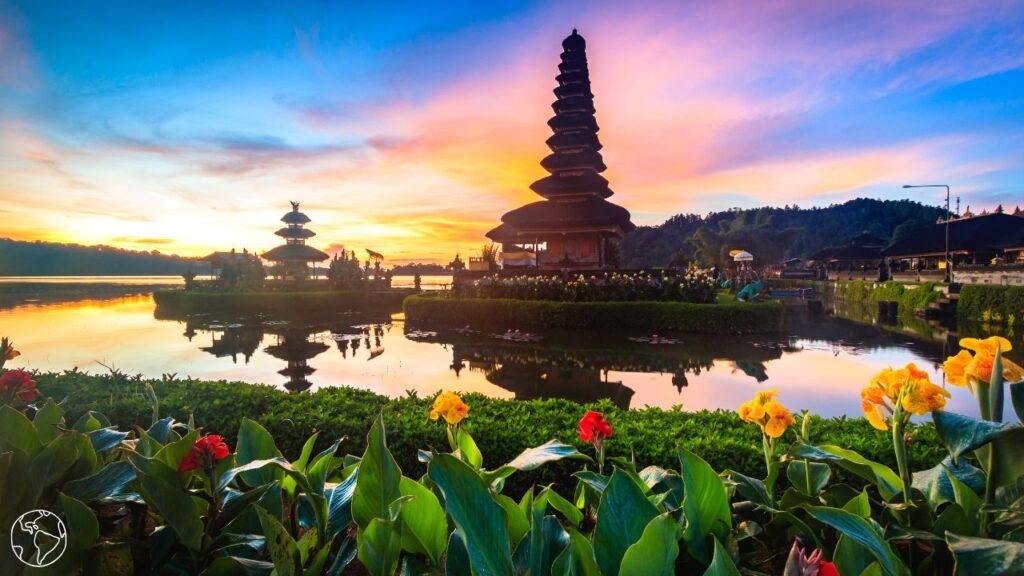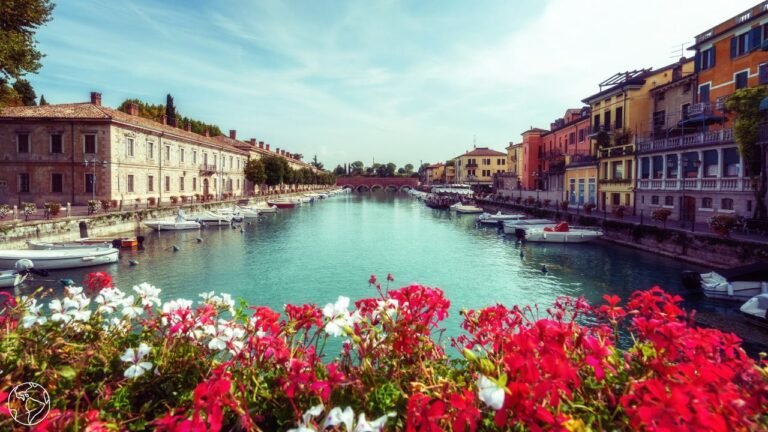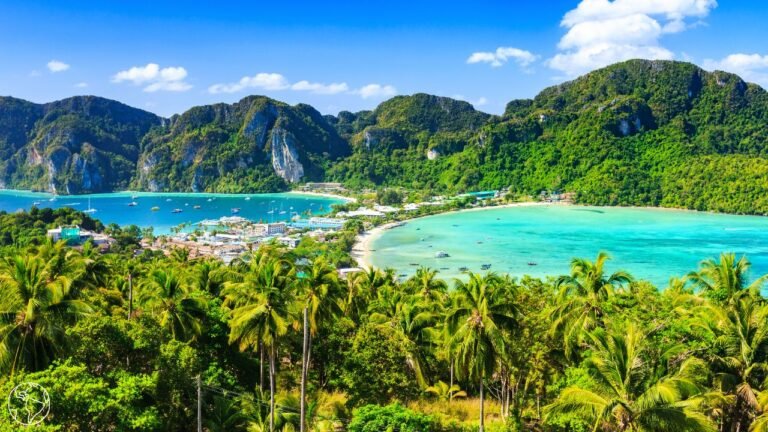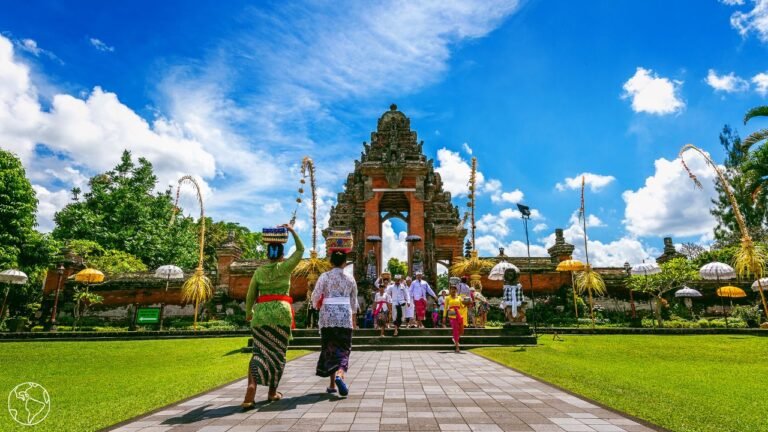If you love Bali but want to find new places before they get crowded, you’re not alone. As Bali faces heavy tourism that causes traffic, waste, and overcrowding, travelers are searching for fresh destinations with similar beauty and culture.
Several islands are rising as the next big tourist spots, offering unique experiences without the current problems Bali faces.

These emerging destinations focus on sustainable tourism and preserving local culture. You’ll find that they provide tropical getaways where you can enjoy nature and history in a more peaceful way.
The Rise of the Next Bali: Countries Destined for Discovery
You will find that places beyond Bali are gaining attention as travelers look for fresh experiences. These destinations offer the culture, natural beauty, and vibe many liked about Bali before some areas became crowded.
The new hotspots also give chances to enjoy nature and traditions with fewer tourists.
Why Travelers Are Seeking Alternatives to Bali
Bali has grown very popular, especially spots like Seminyak, Kuta, and Ubud. These areas often get crowded, which can make your visit feel less peaceful.
Overtourism has led to traffic jams, higher prices, and environmental strain. Many tourists want to avoid these hassles.
You might want quieter places where you can enjoy nature and local culture without large crowds. Travelers now look for islands or regions that offer authentic experiences but are still easy to reach.
Also, some newer places focus more on sustainable tourism to protect their environment and traditions.
Emerging Destinations With Bali-Like Appeal

Countries in Indonesia beyond Bali have many islands being promoted as “the next Bali.” Places like Labuan Bajo and Nusa Tenggara offer beautiful beaches and local culture without the busy tourist waves you see in Bali’s West.
Other countries in Southeast Asia, such as the Philippines and Vietnam, have islands and coastal towns growing in popularity. These spots offer similar tropical landscapes and rich cultures.
Indonesia’s government supports programs like “10 New Balis” to develop these areas. They aim to attract visitors by boosting infrastructure while preserving nature.
This means you can find great resorts, yet experience less crowded beaches and authentic lifestyles.
Unique Experiences Shaping These Rising Hotspots
You can explore unique cultural events and traditions in these new destinations that differ from Bali’s well-known festivals like the Ogoh-Ogoh Parade. For instance, some islands offer handcraft markets, local ceremonies, and eco-tourism activities that allow you to support communities directly.
Nature-based tourism is stronger in many spots rising as alternatives. Hiking, snorkeling, and wildlife watching come with fewer tourists around.
You may find that these places are better at balancing travel with nature preservation. These destinations focus on responsible travel.
This means they are designed to protect the environment and local lifestyles. You can experience the natural beauty and culture without feeling like a part of a tourist flood.
Sustainable and Responsible Tourism in the Age of Overtourism

You need to understand how rapid tourism growth can harm places like Bali and why managing visitor numbers while respecting local culture is essential. This means protecting sacred sites, maintaining culture, and finding practical ways to grow tourism without causing damage.
Lessons Learned from Bali’s Tourism Boom
Bali shows how too many tourists can strain infrastructure and the environment. Traffic jams, waste problems, and overcrowding are common in popular areas like South Bali.
These issues hurt not only the natural beauty but also the local way of life. You should see that uncontrolled growth affects sacred sites and cultural traditions.
Without limits, places lose their unique value and locals become frustrated. Bali’s example warns you to act early and set clear rules for tourism development.
Balancing Cultural Heritage and New Tourist Flows
Tourism can bring money but also risks damaging culture. You must respect sacred sites and support local customs to keep a place authentic.
This means guiding tourists on how to behave and involving locals in decisions about tourism. Encourage responsible tourism that values culture over just numbers.
Protect festivals, historic spots, and daily traditions. When tourists appreciate local stories and practices, the community benefits and culture survives.
Strategies for Sustainable Growth in Emerging Destinations

To avoid Bali’s problems, plan your tourism carefully. Use tools like visitor limits, eco-friendly lodging, and community-led tours.
Governments and businesses can work together to control crowd sizes and reduce pollution. Promote sustainable tourism that lowers environmental impact.
This might include supporting local crafts or green transport. Also, invest in education for both tourists and locals to build respect and shared responsibility.
By implementing these strategies, emerging destinations can achieve long-term growth while preserving their unique culture and environment.
Conclusion:
As travelers seek new destinations with the charm of Bali but fewer crowds, many emerging spots are focusing on sustainability and cultural preservation. By choosing these rising destinations and practicing responsible tourism, you can enjoy unique experiences while helping protect the environment and support local communities for generations to come.




